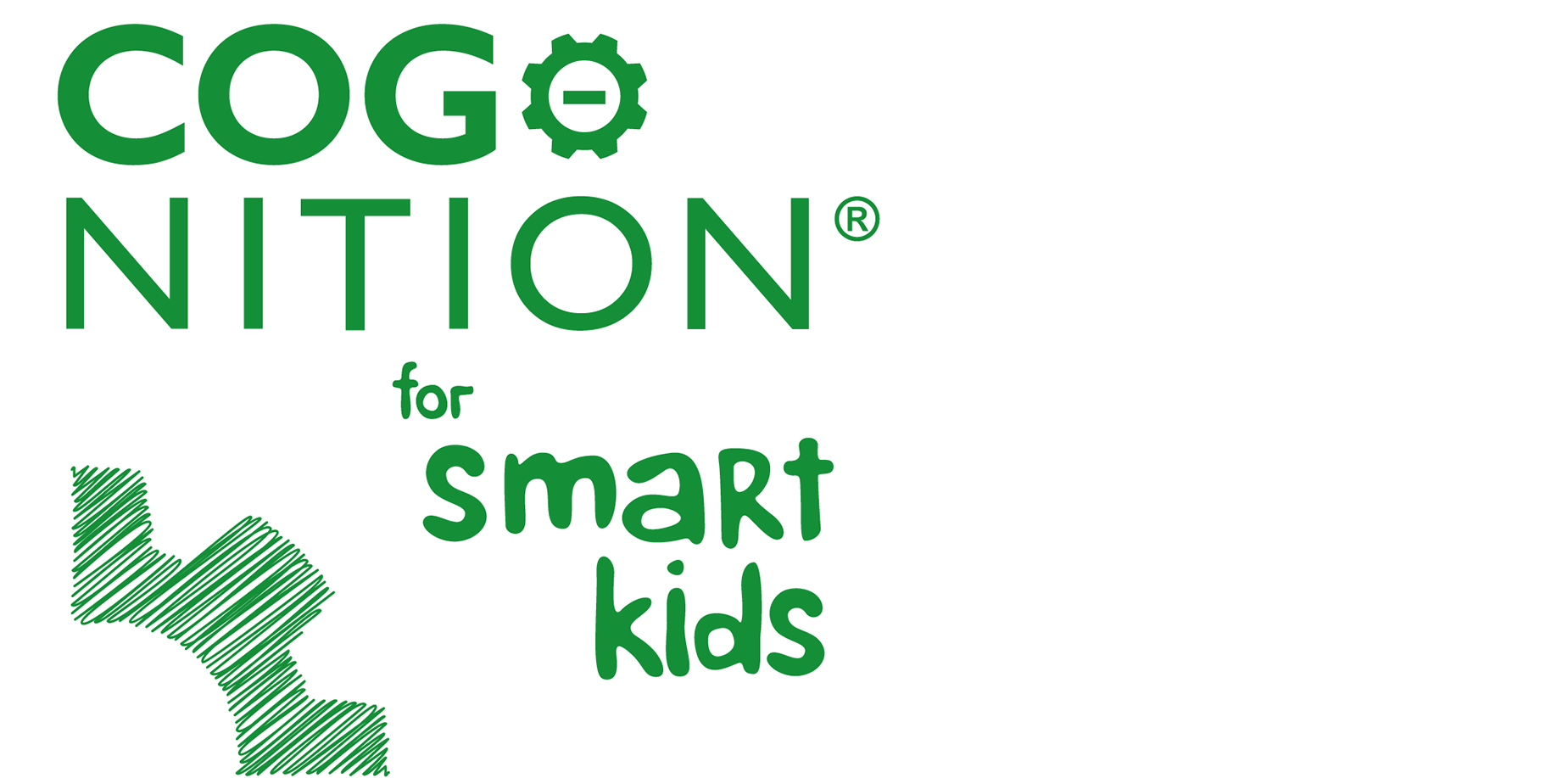We all want our children to have great teeth and know that too much sugar, including fruit juice, is a driver for tooth decay, but what has dental hygiene got to do with the mind?
Although it’s at the other end of the lifespan, and recent in terms of the science, the discovery that certain harmful bacteria that multiply in the mouth with bad dental hygiene (not brushing and flossing as well as eating too much sugar) leading to gum disease, could actually be a contributary cause of Alzheimer’s should make all parents wake up to the importance of instilling good dental habits and diet in children.
As many as 90% of those with Alzheimer’s had high levels of these pathogenic mouth bacteria, p.gingivalis being one of them. It’s part of a wave of research showing that pathogenic microbes in the gut, and inhaled from mould, can get into the brain and have disastrous effects. There’s a whole range of insidious symptoms from frequent infections and breathing problems as well as cognitive problems and digestive disturbances, that can result from the wrong microbes, from the gut or inhaled, getting into the brain.
This highlights the need to instil in children good diet and dental habits.
In terms of diet, it is so much better to crunch on a juice apple, full of fibre, which actually helps to clean the teeth, than suck on a carton of juice or water bottle full of juice. So, the first action is to have your child eat fruit rather than drink it and drink water rather than juice when thirsty.
In some Scandinavian countries children are given a xylitol sweet on arrival at school. Why? Xylitol, the crystalline version of xylose, which is a predominant sugar in berries, protects children from tooth decay. The reason for this is that harmful bacteria in the mouth, which then attach to teeth and make acids which root the teeth, can’t stick to teeth when they are exposed to xylitol. That’s why xylitol is used in some toothpastes, chewing gums and mouth washes.
Steps for good dental hygiene:
• Brushing the teeth. This needs to become a twice daily routine. Either on waking or even better after breakfast, and before bed.
• Flossing is a bit harder with young kids but, as soon as teeth are touching, it helps to dislodge bacteria. While dentists say every day certainly flossing your children’s teeth once a week is a minimum.
How to prevent tooth decay
Besides from the obvious dental hygiene habits like brushing teeth and flossing the key for your children is to avoid sugar, in all its forms, including the seemingly ‘natural’ alternatives to regular cane sugar, as well as focusing on a diet that helps to stabilise blood sugar levels. There is one exception, however, which is xylitol.
Here are some examples of sugar substitutes to be aware of and avoid:
• Dextrose, Fructose, Galactose, Glucose, Lactose, Maltose, Sucrose, Beet sugar, Cane juice crystals, Coconut sugar, Corn syrup solids, Crystalline fructose, Date sugar, Dextrin, Diastatic malt, Ethyl maltol, Florida crystals, Glucose syrup solids, Grape concentrate, Maltodextrin, Agave Nectar/Syrup, Barley malt, Blackstrap molasses, Brown rice syrup, Buttered sugar/buttercream, Caramel, Carob syrup, Corn syrup, Evaporated cane juice, Fruit juice, Fruit juice concentrate, Golden syrup, High-Fructose Corn Syrup (HFCS), Honey, Invert sugar, Malt syrup, Maple syrup, Molasses, Rice syrup, Refiner’s syrup, Sorghum syrup, Treacle.
• Also avoid fruit juices and in particular shop-bought fruit juices, which often contain fruit concentrates. Whilst fruit is a natural form of sugar, fruit juices often contain the juice of the fruit without its pulp or fibre. This means that it is very quickly converted into glucose (sugar) in the body, which leads to blood sugar imbalances and eventually insulin resistance, if consumed too frequently.
• Eat a diet that mainly consists of foods in their natural form, paying attention to meals that prioritise protein such as in pulses, eggs, poultry, meat and fish, along with a wide variety of vegetables and healthy fats found in nuts and seeds, avocado and extra virgin olive oil.
• Switch refined carbohydrates for complex carbohydrates – these are foods that are naturally high in fibre such as whole grains like brown rice, wholemeal bread, quinoa and oats, as well as starchy vegetables like beetroot, sweet potatoes, carrots, pumpkin and butternut squash.
How to Implement Change
Today’s Challenge: For many of the recipes that require a sweetener, such as the delicious cakes in the Upgrade Your Brain cookapp, use xylitol. Click here for more information on subscribing to the cookapp.
📌 Next email: Solving the Riddle of Bloating and IBS
Wishing you and your child the best of health and happiness,
The COGNITION for Smart Kids & Teens Team
Further info

